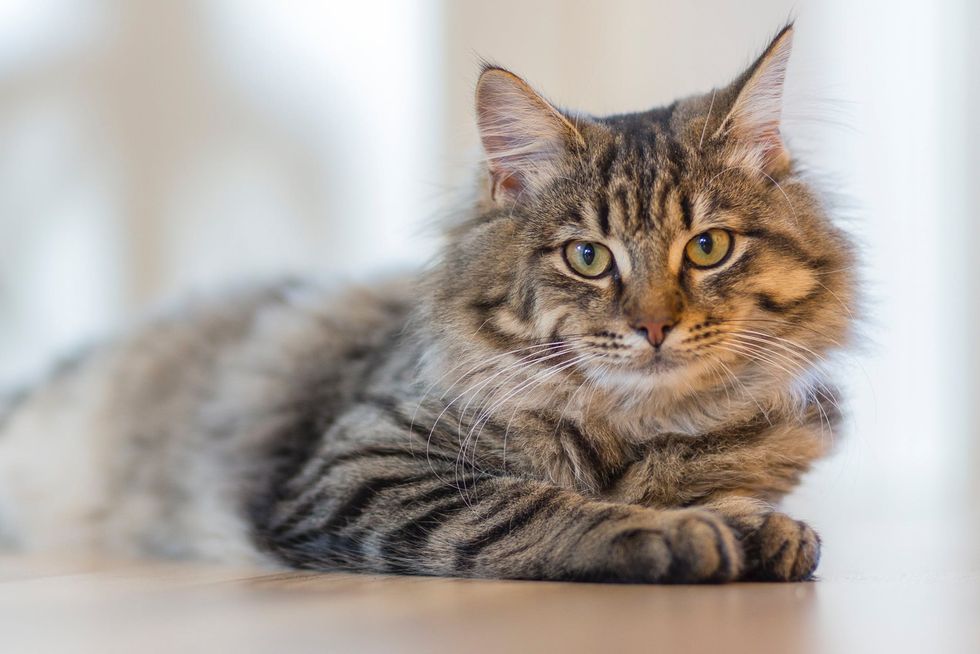There are about forty different breeds of cats (with some variations between organizations leading to different counts), and we are all familiar by sight of many more breeds than we realize. However, I’ve noticed that, and this includes myself, most people don’t seem to have a clue as to names, while most people know at least five or six dog breeds off of the top of their heads. I want to rectify this by providing information about some of the more common cat breeds that you probably have seen lurking near dumpsters, in bushes, gathered at windows, or maybe even a member of your family.
The first is easily the most common breed: the domestic shorthair. Their hair, as their apt name suggests, is very short, but they certainly are no strangers to shredding. Like most cats, they live about fifteen to twenty years and, thankfully, they do not experience many health problems that can be genetically linked. They are generally friendly to both children and cat-friendly dogs, and are adept hunters, so it is recommended that they be kept as indoor cats to prevent damage to the local bird and rodent populations, but also for their own protection against dogs and other dangerous animals and diseases.
Their indoor life, contrary to some people’s beliefs, is not damaging to their mental health (or physical health, for that matter) if they are kept busy with daily play with interactive cat toys and plenty of attention. It is recommended that the litter box is kept clean daily, but it is an easy task, and otherwise you might experience an angered cat relieving themselves in other corners of the house you’d rather them not.
The second breed I want to introduce is the Maine Coon, a furry cat that can reach up to eighteen pounds, the size of a small dog. They don’t reach this size until three or five years, unlike the domestic shorthairs, and they also live about five to six years less than their domestic shorthair counterparts. Their personalities tend to differ slightly, as they aren’t known to be lap cats, but they are absolutely loyal. They also tend to be quiet, and, unless introduced to strangers from an early age, might have a more difficult time adapting to new people and animals in their life.
They are mousers, meaning they specialize in mouse hunting, meaning that they prefer ground level, but they are certainly capable of climbing as much as any other cat. Health problems do occur genetically in this breed, including hip dysplasia, spinal muscular atrophy, heart disease, and kidney disease. With regular grooming, the Maine Coon’s coat will not mat, especially due to its silky texture. Even as indoor cats, a bath once in a while might be required, especially if you aren’t diligent about cleaning any feces or other substances that get stuck in their fur.
The third breed is the Persian cat, one of the few breeds known by both sight and name by most people. They are known as very “high class” cats, partly due to their prohibitive price. They weigh about seven to twelve pounds, relatively light to average, and are long-haired, which, much like the Maine Coon, means that grooming will be a necessity. These cats are extremely stoic, preferring a serene environment free from loud noises and constant rapid activity. They also generally prefer ground level, but definitely jump on accessible furniture.
However, due to their snub-nose, they can experience breathing problems. Since they are mixed-breed, they also have other genetic health problems like predispositions to skin infections, ringworm, hip dysplasia, and kidney disease. Excessive tearing is a problem, so besides brushing and periodic baths, it is recommended that you gently wipe their eyes when crust begins to appear. Calm children and dogs won’t bother these cats, but, again, it is wise to prevent a hectic household so as to maintain optimal mental health for these cats.



















